December 13th, 2024
Our Chesapeake Bay, one of the largest estuaries in the world, is not just a crucial ecosystem but a vital part of the Mid-Atlantic region’s economy and culture. With over 3,600 species of plants and animals, including iconic species like blue crabs, oysters, and striped bass, Our Chesapeake sustains industries such as fishing, agriculture, and tourism, while providing critical ecosystem services like water filtration and wildlife habitats. Unfortunately, climate change is threatening this delicate balance, with significant environmental and socio-economic consequences.
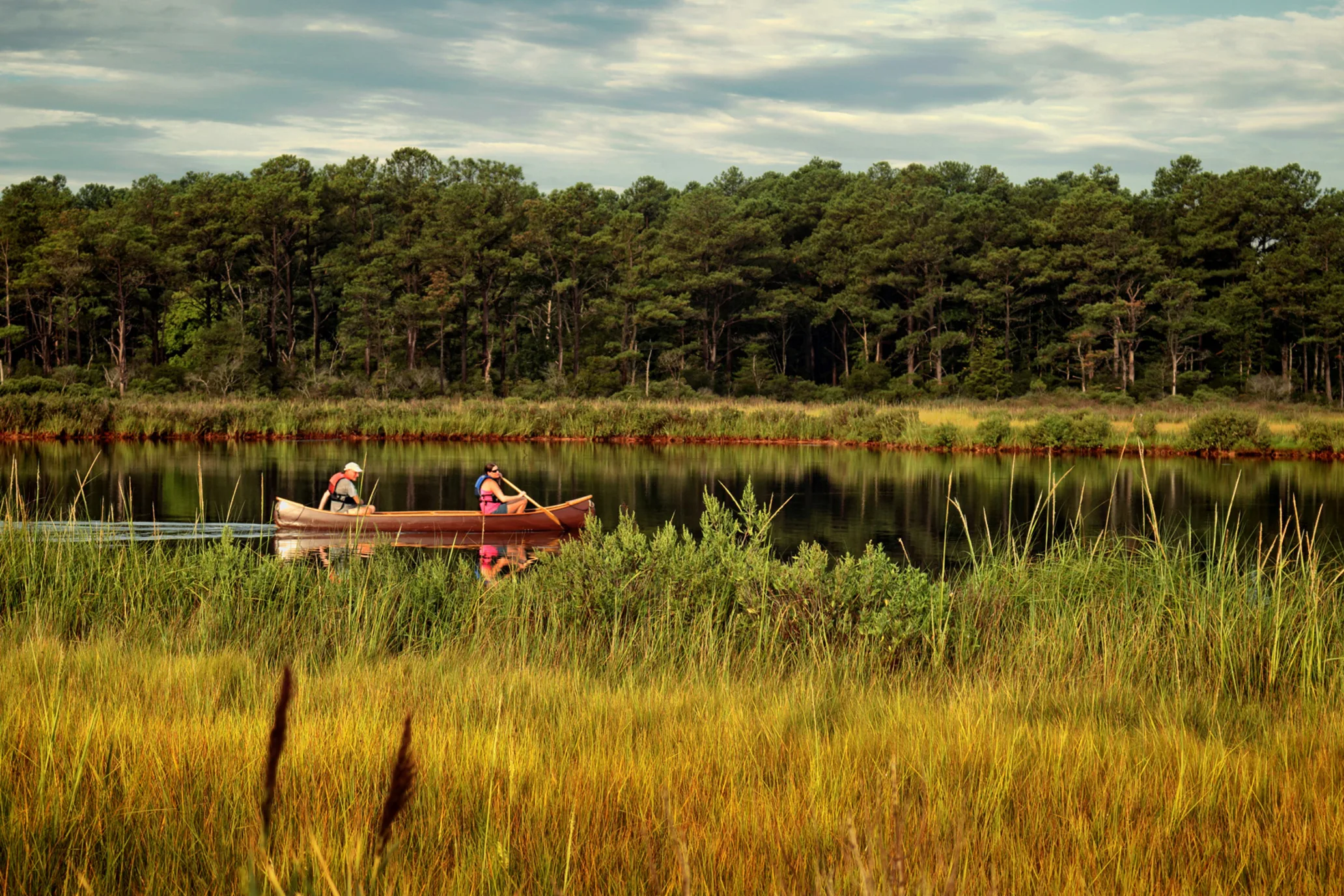
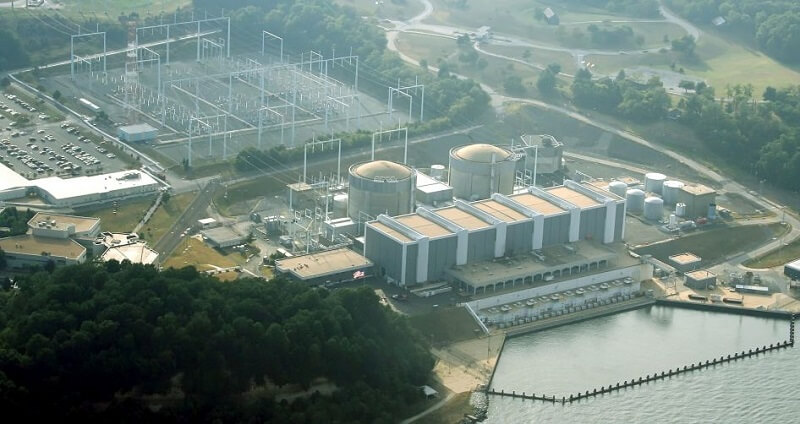
In the 2020s, the primary energy sources in Central Maryland were dominated by natural gas, which contributed over 40% to electricity generation. Nuclear energy, particularly from the Calvert Cliffs Nuclear Power Plant, supplied around 30% of electricity, while renewable energy—mostly solar—accounted for 10-20%, spurred by state incentives. Coal, despite its decline, continued to play a backup role, alongside oil for backup generation and heating needs. This mix reflected a transition towards cleaner energy while still relying on fossil fuels for reliability.
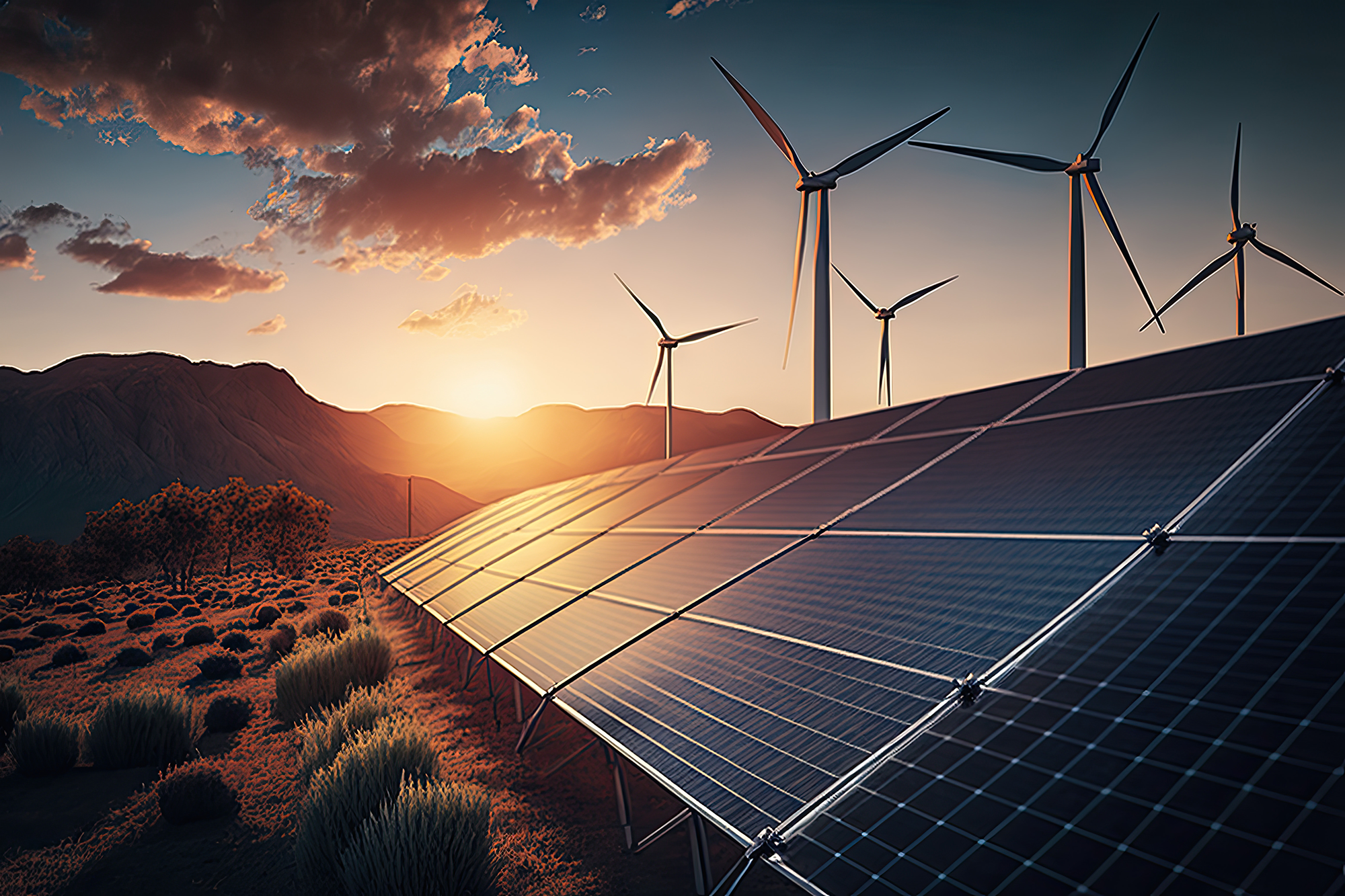
By the 2120s, the energy mix in Central Maryland is expected to shift dramatically. Renewable energy sources like wind and solar could supply 50-70% of the region’s energy needs. Advanced nuclear technologies, including small modular reactors and possibly nuclear fusion, are expected to contribute significantly, ensuring reliable, carbon-free energy. Geothermal and hydroelectric power will also play steady roles, while hydrogen, stored for energy, will support renewables. Energy storage technology will be key to balancing supply and demand in this new era of clean energy.
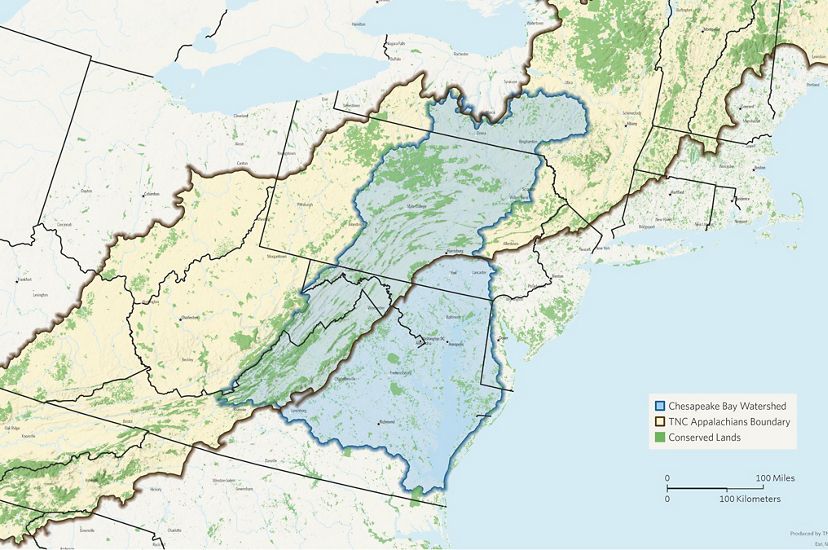
The impacts of climate change on Central Maryland are already visible and likely to intensify. These include increased heatwaves, which pose health risks; sea level rise, leading to coastal flooding and saltwater intrusion into freshwater systems along the Chesapeake Bay; and stronger storms and hurricanes, exacerbating damage from floods and storm surges. The region is also experiencing droughts and altered rainfall patterns, affecting water supply and agriculture. Public health concerns are rising with worsened air quality and new vector-borne diseases, while infrastructure faces strain from more frequent and intense weather events.
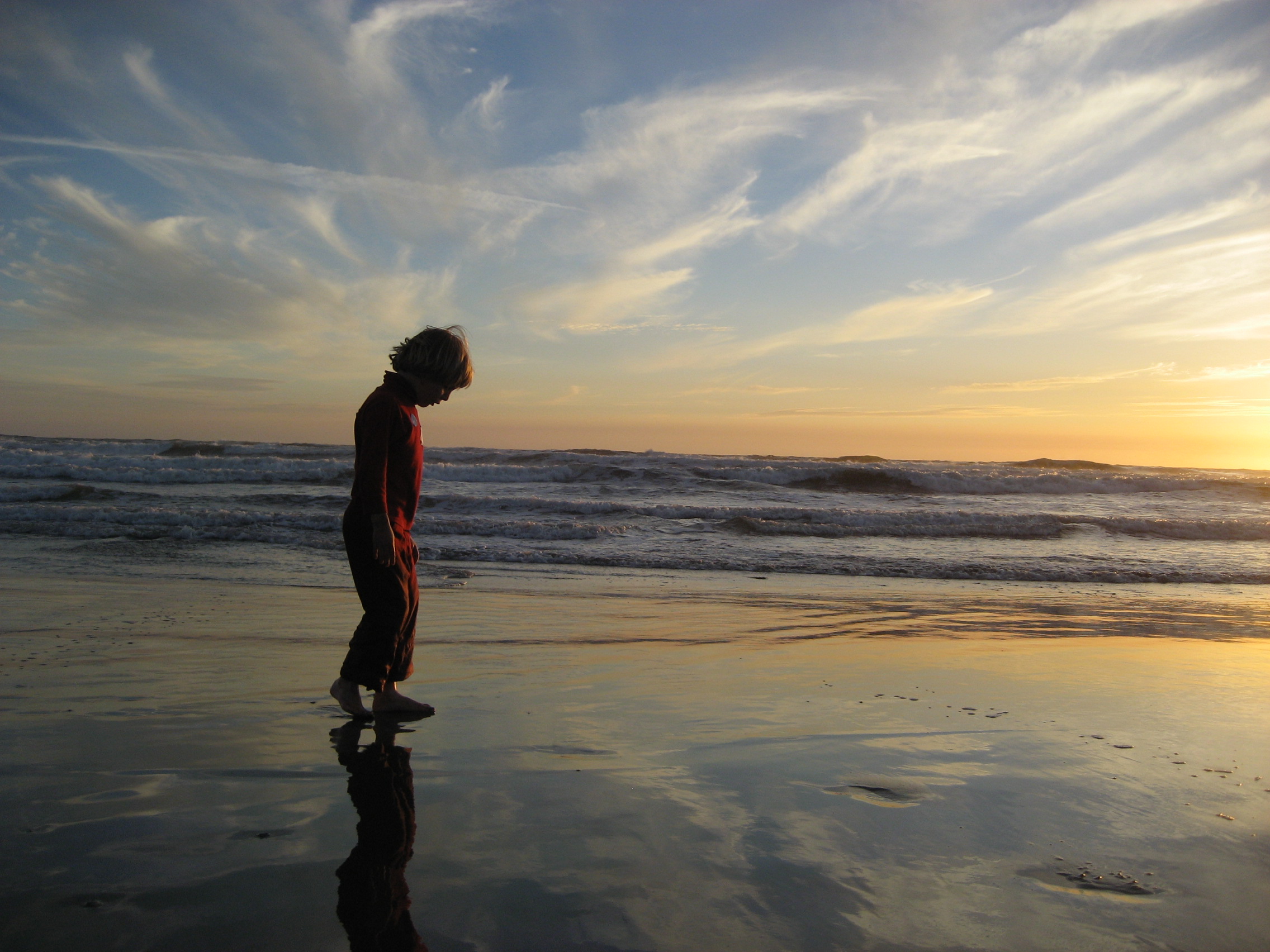
In the long term, climate change will have profound social and economic effects on Central Maryland. Economic losses will come from storm damage, flooding, and the increasing costs of healthcare due to heatwaves and respiratory issues. The agriculture sector will suffer due to extreme weather and shifts in growing seasons, while the public sector will face increased infrastructure repair costs. Migration pressures may also increase as areas become less habitable due to sea level rise and extreme heat, placing a strain on urban areas like Baltimore that already struggle with population density and resource management.

Unchecked temperature increases could result in more frequent and severe heat waves, prolonged droughts, intensified floods, stronger hurricanes, and significant sea level rise. These changes threaten ecosystems, infrastructure, and human livelihoods worldwide. In Maryland, climate change is expected to lead to rising sea levels that will threaten the Chesapeake Bay, a critical ecosystem for wildlife and the fishing industry. Increased temperatures will also impact agriculture, particularly crops sensitive to heat, and exacerbate the risks of wildfires. Moreover, vulnerable communities along the coast may face displacement due to flooding, requiring urgent adaptation and mitigation strategies.
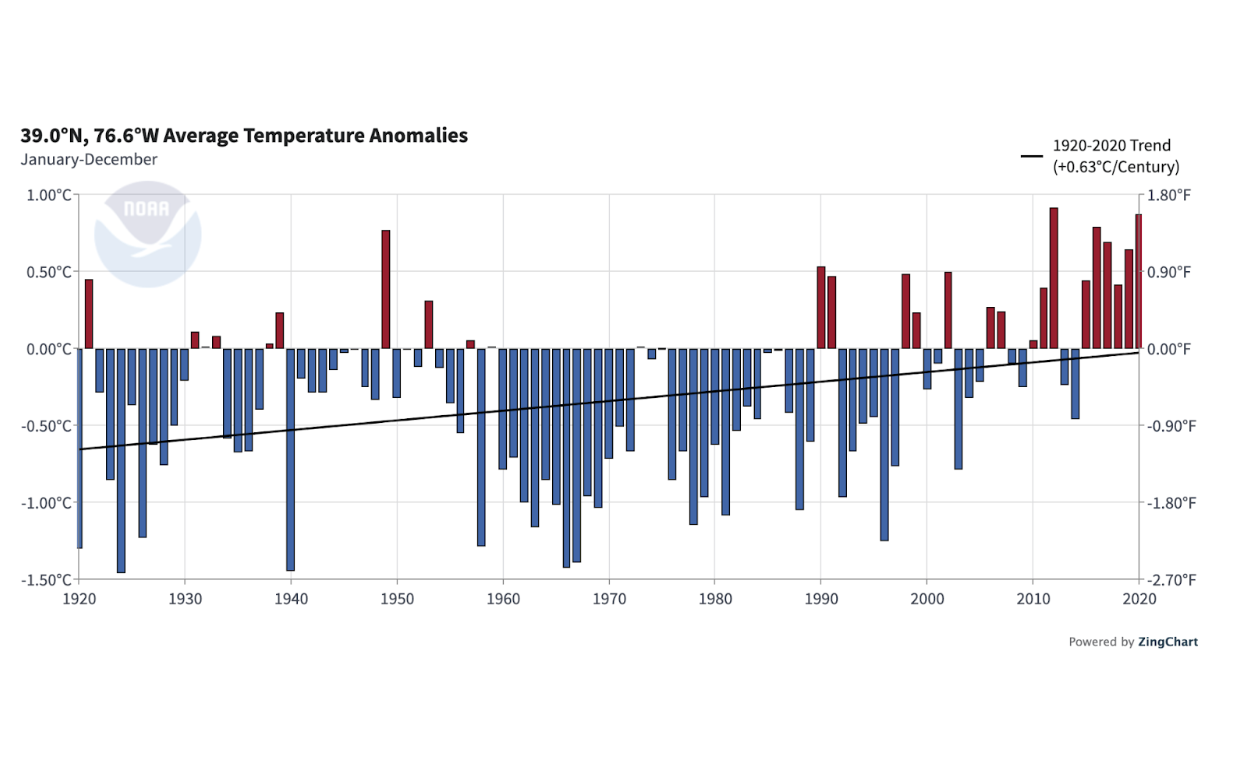
By the 2020s, temperatures in Maryland have already increased by approximately 1.546°F compared to pre-industrial levels. This warming has been gradual, but the effects are becoming more pronounced, with warmer winters, hotter summers, and altered seasonal weather patterns. This temperature increase has contributed to changes in local ecosystems, including the Chesapeake Bay, where warming waters and altered fish migration patterns have been observed. The impact on agriculture has also been felt, as crops sensitive to temperature changes have experienced reduced yields. These shifts are part of the larger global trend of increasing temperatures, with the effects becoming more noticeable in recent decades.
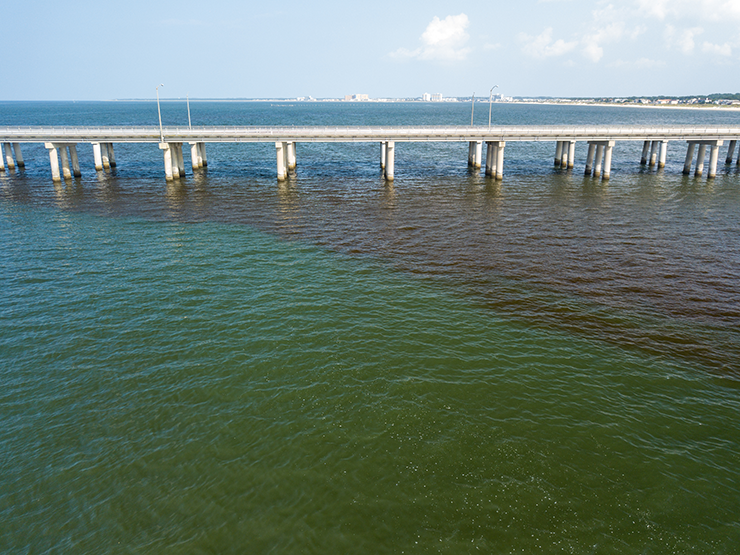
If CO2 emissions had continued unabated, temperatures in Maryland and globally could have risen by an additional 6.84°F to 11.83°F by 2124. This significant rise would have led to more intense climate extremes, including severe heat waves, stronger storms, and rising sea levels. For Maryland, this would have meant widespread flooding along the Chesapeake Bay, with saltwater intrusion into freshwater systems and habitat loss for wildlife. Increased temperatures would have also stressed agriculture and human health, leading to greater economic strain. Coastal communities would face greater risks of displacement due to sea level rise, and biodiversity would continue to decline.

The pace of climate change from 1920 to 2020 has been much faster than past natural climate changes, as seen in the Early Cretaceous period. Around 112 million years ago, during the time of the Astrodon johnstoni dinosaur in Maryland, the climate was subtropical, humid, and warm. CO2 levels were significantly higher, polar ice caps were absent, and sea levels were much higher, creating vast shallow waters. In comparison, the current rate of temperature increase due to human activity is alarmingly rapid, disrupting ecosystems at a much faster rate than any natural processes. This is evident in the Chesapeake Bay, where rising temperatures and altered ecosystems are already causing shifts in marine life and threatening local economies.







